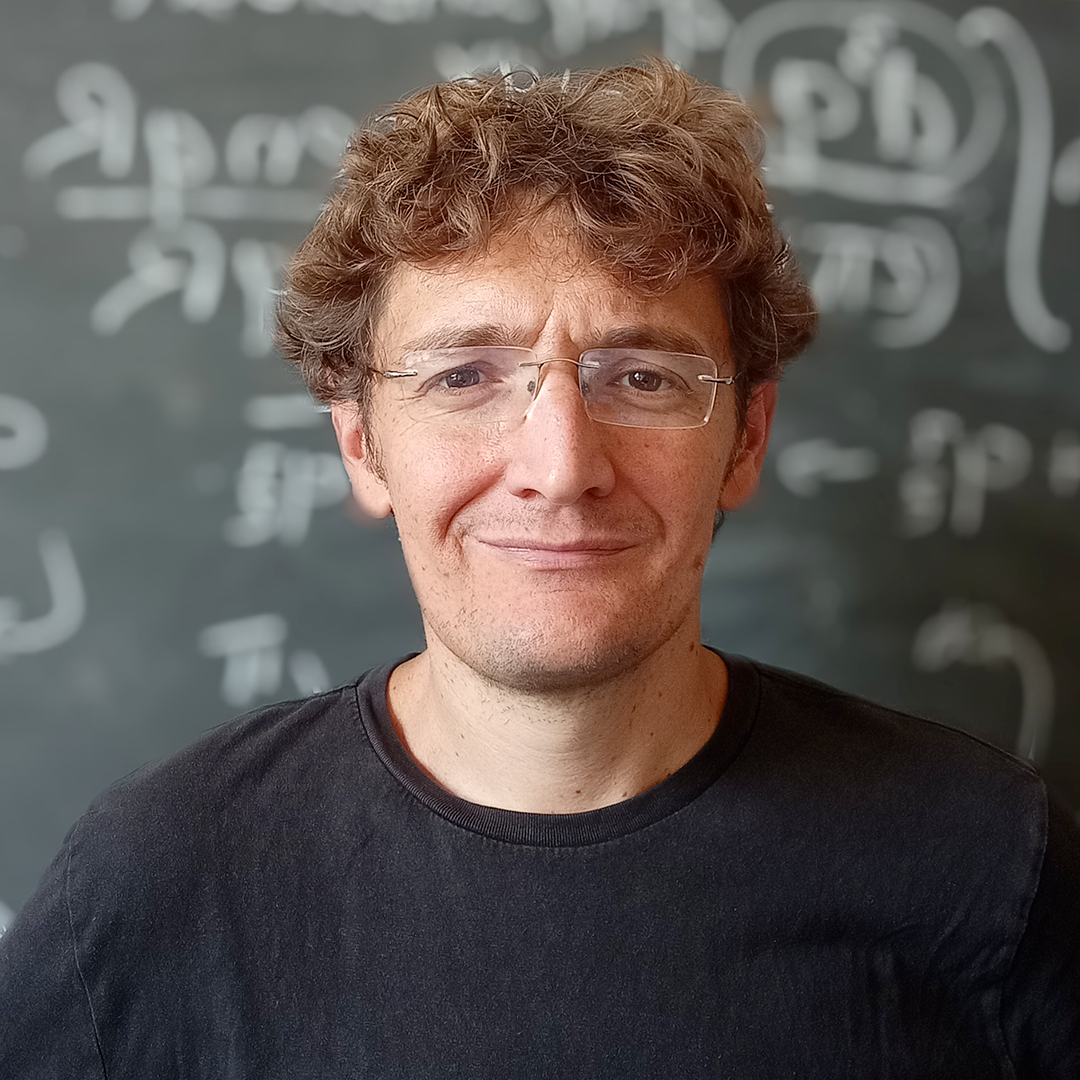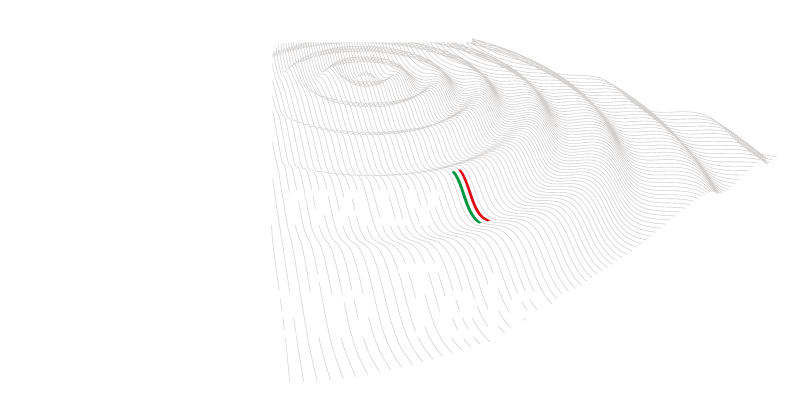A funding of €2 million for cutting-edge theoretical research on the Einstein Telescope (ET): the winner, as part of the second call of the Italian Science Fund (FIS 2), funded by the Ministry for University and Research (MUR), is Paolo Pani, full professor of theoretical physics at the Sapienza University of Rome and at the INFN Roma1 section, as well as a member of the ET scientific collaboration.
After training at the University of Cagliari, where he obtained his PhD in 2011, Pani worked at major international research centers, including CENTRA-IST in Lisbon and the Harvard-Smithsonian Center for Astrophysics in Cambridge (USA), before joining Sapienza in 2015, where he coordinates the research group in theoretical gravity.
The FIS 2 call funds, with over €330 million, research projects of high scientific value, carried out by emerging researchers (starting grant), mid-career researchers (consolidator grant), and already established researchers (advanced grant), within the ERC (European Research Council) sectors. The funding won by Pani falls under the advanced grant category, within the “Fundamental Constituents of Matter” area.
The project, which will start in the coming months and last for three years, is entitled “ET-NOW: fundamental physics, cosmology and nuclear physics with the Einstein Telescope”. Its main objective is to “lay the groundwork” for ET (which will begin data collection no earlier than 2035), through the development of cutting-edge theoretical models and new numerical techniques capable of describing physical processes that are mostly inaccessible to current detectors, but will be within the reach of the future gravitational wave observatory.
«Einstein Telescope will represent the evolution of the Advanced LIGO, Advanced Virgo, and KAGRA interferometers, which are currently operational. In the search for gravitational waves, its arrival will be a real game changer», emphasizes Pani. «Thanks to its increased sensitivity and bandwidth, ET will have the ability to explore the universe up to cosmological distances, providing unprecedented tests of gravity, compact astrophysical objects, dark matter, nuclear physics, the primordial universe, and cosmological evolution».
All of this translates into the need for much more refined and sophisticated theoretical models than those currently available. «To understand how important this transition is, just think that for a one-factor increase of 10 in the signal-to-noise ratio, which is what we expect when moving from current detectors to ET, the accuracy of the theoretical model must increase by a factor of 100. That’s why it is essential to update the available theoretical platform, combining sophisticated models, numerical relativity simulations, and innovative data analysis techniques, without which we would risk being unprepared to correctly interpret what ET will be able to observe».

Paolo Pani
As suggested by the name, the project will focus on three main research areas: fundamental physics, cosmology, and nuclear physics. The first area revolves around the so-called “gravity tests”, which investigate whether Einstein’s general theory of relativity predictions are correct, especially in the presence of extreme astrophysical phenomena, such as the merger of two black holes. Unlike current experiments, ET will be able to distinguish particularly the so-called “ringdown” phase, a violent final vibration immediately after the merger of black holes, corresponding to the emission of a large amount of gravitational waves. «We will develop accurate waveform simulations that describe the ringdown, both in the context of general relativity and for alternative theories, which we will then compare with the real data that ET will collect», adds Pani.
In cosmology, ET will have the ability to observe very distant events, dating back to the period before the formation of the first stars. «In this case, we must first estimate the number of such events that ET could observe for different scenarios. Moreover, also here, it will be important to develop models that allow us to recognize “special” events, such as those generated by hypothetical primordial black holes from the first moments after the Big Bang, not produced by stellar collapse», explains Pani. «For nuclear physics, the main challenge will be to model the behavior of nuclear matter under extreme conditions, at the energy scales of the events ET will be able to observe».
The funding available to Pani and his research group will primarily be invested in the purchase of a computing cluster for numerical relativity simulations, as well as the recruitment of researchers and PhD working on the project. In addition to the scientific goals, the project aims to create an international reference point in the field of fundamental physics research on ET. «With ET-NOW, we aim to establish an international hub for ET science in Italy, in synergy with experimental efforts. The goal is to catalyze currently separate scientific communities, train a new generation of scientists with cross-cutting skills, and strengthen Italy’s strategic position at the forefront of ET science», concludes Pani.
This last aspect could represent a significant added value in the race for the location of ET, which Italy is candidate to host in the area around the disused Sos Enattos mine in Nuoro.

